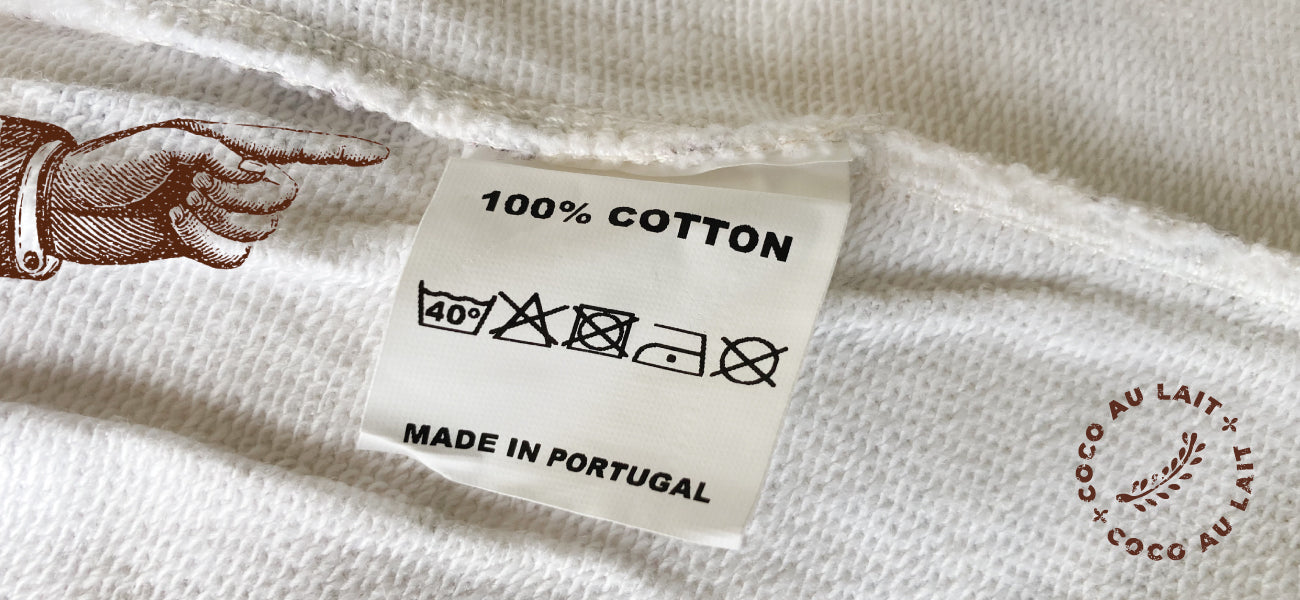
How to read clothing labels for children’s safety
When it comes to children’s clothing, safety is every parent’s top priority. That’s where clothing labels come into play, as they provide information to help parents make informed choices and protect their children from potential hazards.
The importance of understanding clothing labels
Imagine the excitement of shopping for your kid’s birthday, picking out brand new clothes for them to wear on their special day. It’s a joyful and creative activity, but amidst the excitement, there’s a crucial step that many parents overlook: reading clothing labels carefully. This step is not to be underestimated, as clothing labels provide important information about the fabric, care instructions, and safety considerations.
For parents, understanding these labels is essential as it allows them to assess potential risks associated with the clothing their children wear. But what are the risks of this cute and colorful little summer dress, you may ask?
Key safety concerns in children's clothing
Believe it or not, children's clothing presents specific safety concerns that parents should be aware of. From small embellishments posing choking hazards to drawstrings carrying risks of entanglement, and the potential exposure to harmful chemicals in fabrics and dyes, there are unseen dangers lurking in seemingly innocent garments. It’s not the most pleasant thing to think about, but as the saying goes, it’s better to be safe than sorry!
So, when it comes to choosing that cute summer dress for your child, understanding clothing labels becomes paramount.
Decoding the symbols on clothing labels
As we just mentioned, clothing labels often feature symbols that convey important care instructions and safety information. Understanding these symbols might seem hard, but it’s really important in order to make sure the clothes last long and stay safe. Let’s look at some common symbols and what they mean:
Common symbols and their meanings

- Washing instructions: A symbol depicting a bucket of water serves as a guide for the appropriate washing method—be it machine washable, hand wash only, or dry clean. The number inside the bucket (30°, 40°, 50°…) indicates the maximum washing temperature.
- Bleaching: Symbols such as a triangle with lines inside denote whether the garment can be bleached or not. An empty triangle means that you can use any bleach type, while a crossed-out triangle means that you can’t use any bleach on the garment.
- Drying: Symbols representing a square specify drying instructions, including tumble drying, line drying, or drip drying. An empty square allows you to tumble dry at any heat level. A square with a circle inside means that you can tumble dry but only on low heat. A crossed-out square indicated tumble drying is not recommended.
- Ironing: Symbols depicting an iron indicate the appropriate ironing temperature and whether steam can be used. The number of dots within the iron designates the maximum ironing temperature.
- Dry cleaning: Symbols showing a circle indicate whether the garment should be dry cleaned. An empty circle implies compatibility with any solvent, while a letter inside means that a specific solvent should be used. Before selecting a wash cycle, always consult clothing labels and follow the recommended care instructions to keep your kids’ clothing in the best condition, preventing them from shrinking, fading, or losing shape.
Understanding fabric care instructions
In addition to symbols, clothing labels also include text-based fabric care instructions. These instructions detail specific steps for washing, drying, ironing, and dry cleaning the garment.
By following these guidelines, you can maintain the integrity of the fabric and prolong the life of the clothing.
Identifying safe materials and dyes
As we embark on the adventure of selecting clothing for your kids, it's essential to prioritize garments made from safe materials and dyes. Certain fabrics and dyes may contain harmful chemicals that can irritate the skin or cause allergic reactions. To safeguard your child's health, look for clothing labels that indicate the use of organic or natural materials and non-toxic dyes.
Materials to avoid in children’s clothing
- Synthetic fabrics: Polyester, nylon, and acrylic fabrics may contain chemicals such as formaldehyde or flame retardants, which can be detrimental to children's health.
- Toxic dyes: Garments dyed with azo dyes or other toxic chemicals can cause skin irritation and allergic reactions in sensitive individuals.
Opting for clothing made from organic cotton, bamboo, or other natural fibers presents a safer alternative, minimizing the likelihood of exposure to unwanted substances and fostering your child’s well-being.
At Coco Au Lait, we take pride in offering garments free from harmful chemicals, and crafted from natural materials: 100% organic cotton double gauze and yarn, 100% viscose poplin, and locally produced premium knit and fleece from Barcelona.
Tips for avoiding harmful chemicals
To ensure your child stays protected from any unwanted chemical surprises hiding in clothing, take notes of these tips:
- Bought new clothes? Give them a good wash before wearing to get rid of any leftover chemicals or dyes.
- Whenever you can, opt for clothing labeled as "hypoallergenic" or "chemical-free" to minimize any potential risks.
- Avoid garments treated with stain-resistant or water-repellent coatings, as these may contain perfluorinated chemicals (PFCs).
Compliance and certifications to look for
When purchasing children's clothing, keep an eye out for labels indicating compliance with safety standards and certifications from reputable organizations.
Certifications such as OEKO-TEX® Standard 100 or GOTS (Global Organic Textile Standard) ensure that the garment has been tested for harmful substances and meets strict safety criteria. At Coco Au Lait, our printed garments are dyed with GOTS Certification, just saying! ;-)
You’ve got this covered! Understanding clothing labels is like having a secret weapon to keep your children safe and sound. By unraveling those symbols, pinpointing safe materials, and dodging any harmful chemicals, you are equipped to make the best choices for your kids’ wardrobe. Have fun shopping for them!


